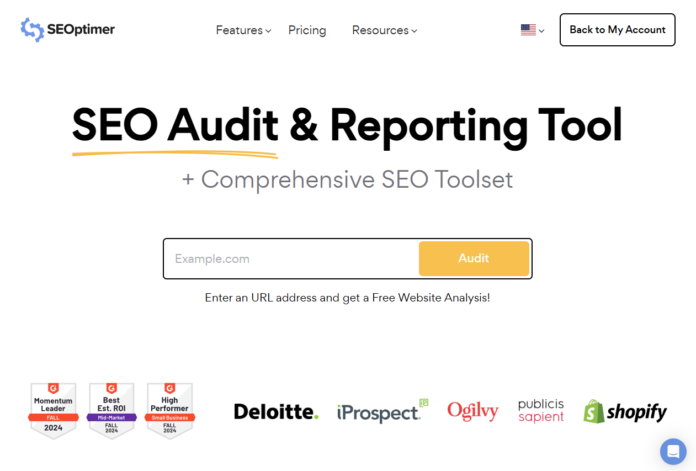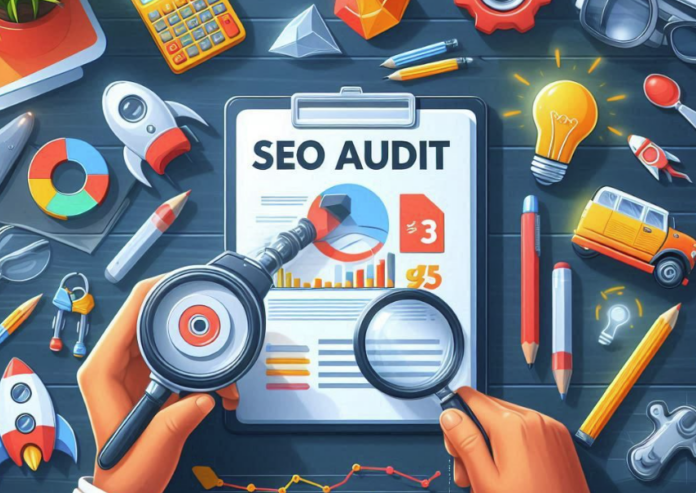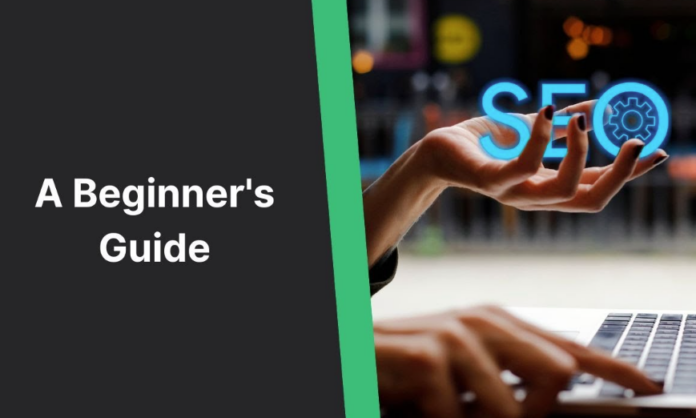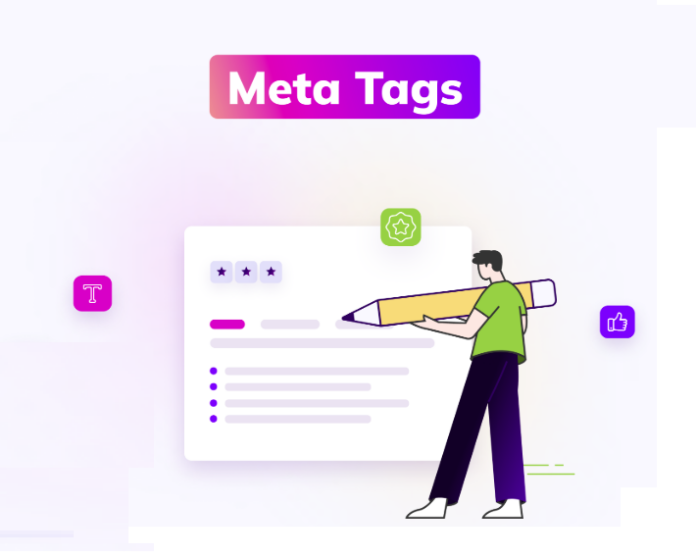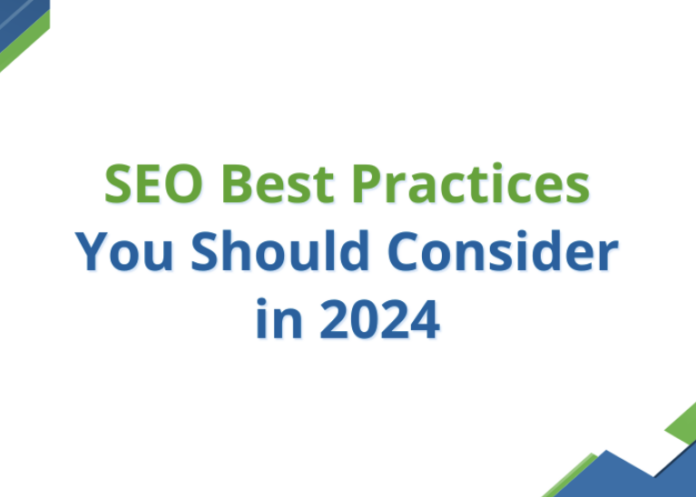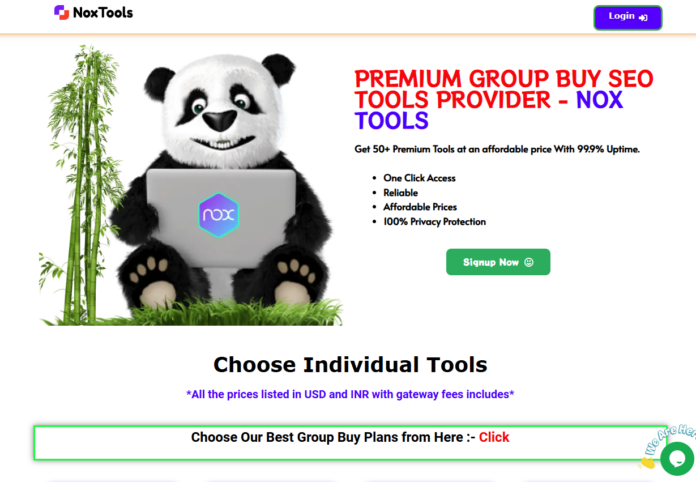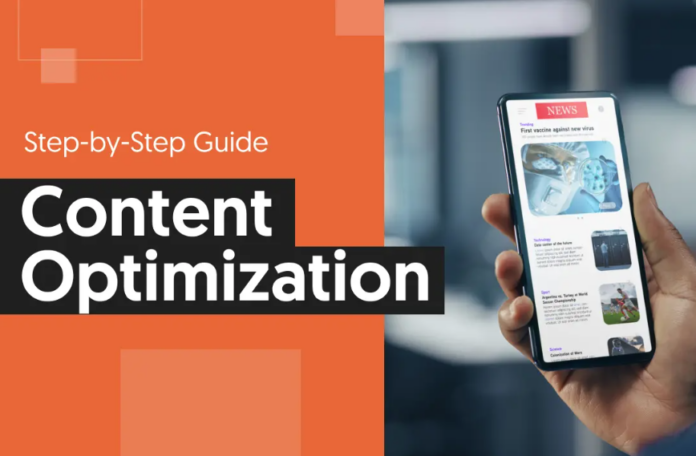In the fast-paced digital world, optimizing your website for search engines and user experience is essential. SEOptimer offers a comprehensive suite of free tools designed to make SEO tasks simpler, more efficient, and highly effective. Whether you’re a beginner or an experienced webmaster, these tools can help you enhance your site’s performance, usability, and visibility. Here’s a detailed guide to the powerful tools SEOptimer provides.
Free Tools Available on SEOptimer
SEOptimer’s free tools are categorized into different groups, each tailored to address specific aspects of website optimization.
SEOptimer Free SEO Tools: Generators
Efficiently create essential website files and tags with these tools:
- Meta Tag Generator: Generates meta descriptions, keywords, and other crucial tags using your content.
- .htaccess Generator: Produces a .htaccess file based on your input to improve website configuration.
- Robots.txt Generator: Simplifies the creation of robots.txt files to guide search engines effectively.
- XML Sitemap Generator: Generates XML sitemaps for better search engine indexing.
- Keyword Generator: Extracts frequently used keywords from your text content to improve keyword targeting.
Minifiers
Speed up your website with these code compression tools:
- CSS Minifier: Reduces the size of CSS files for faster loading.
- JS Minifier: Compresses JavaScript files to enhance page performance.
- HTML Minifier: Optimizes HTML files to reduce page size and loading times.
Validators and Testers
Ensure your website follows best practices and is optimized for SEO:
- On-Page SEO Checker: Analyze and improve on-page SEO elements.
- Title Tag Checker: Evaluate and optimize your HTML title tags.
- Meta Description Checker: Refine your meta descriptions for better search results.
- Hreflang Checker: Verify the presence of language tags on multilingual sites.
- Canonical Tag Checker: Ensure canonical tags are correctly implemented to avoid duplicate content issues.
- SERP Preview Tool: See how your page will appear in search engine results.
- H1 Checker: Validate the use of H1 tags for SEO-friendly content structuring.
- Keyword Density Tool: Assess keyword density and consistency to avoid over-optimization.
- Internal Link Checker: Check the effectiveness of internal linking for navigation and SEO.
- Backlink Checker: Analyze backlinks pointing to your site.
- SEO Friendly URL Checker: Ensure your URLs are optimized for search engines.
- Image Alt Tag Checker: Verify that all images have appropriate alt tags for better accessibility and SEO.
Usability Tools
Enhance the user experience on your website:
- Website Responsiveness Tester: Ensure your site is mobile and tablet-friendly.
- Meta Viewport Tag Checker: Check for the presence of viewport meta tags.
- Favicon Checker: Verify the proper implementation of your website’s favicon.
- Core Web Vitals Test: Measure your website’s performance against Google’s Core Web Vitals.
Performance Tools
Improve the speed and efficiency of your website:
- Website Load Speed Tester: Evaluate the loading speed of your web pages.
- Webpage File Size Checker: Determine the file size of your web pages.
- Image Optimization Checker: Identify opportunities to optimize images for better performance.
- Inline CSS Checker: Locate and optimize inline CSS for cleaner code.
Social Tools
Optimize your site for social media platforms:
- Facebook Open Graph Tags: Ensure your site is optimized for Facebook sharing.
- Twitter Cards Validator: Test and refine your Twitter card implementation.
Security Tools
Protect your website with these essential security tools:
- SSL Checker: Confirm SSL certificate implementation for secure connections.
- Redirect Checker: Test for proper HTTPS (SSL) and .htaccess redirects.
- Clear-Text Email Checker: Identify and address unsecured email addresses on your site.
Technology Tools
Analyze and refine your website’s technical foundation:
- Website Technology Finder: Discover the technology stack used by a website.
- Domain Age Checker: Check the age of a domain to assess its credibility.
- Ping Tester: Measure website response times and ensure uptime reliability.
Why Choose SEOptimer Free Tools?
- User-Friendly Interface: Easy-to-use tools for professionals and beginners alike.
- Comprehensive Solutions: A wide range of features covering all aspects of website optimization.
- Free and Accessible: No cost, no hassle—improve your site instantly.
Get Started with SEOptimer Free Tools Today
Maximize your website’s potential by leveraging these incredible tools. Whether you need to fine-tune SEO, improve performance, or ensure robust security, SEOptimer has you covered.
Explore the full range of tools and start optimizing today: Visit SEOptimer Free Tools

